If you have a bees nest that needs removing then it is possible to remove the nest in what is known as a cut-out. Firstly check that the bees are indeed honey bees. There are 4 most common bee-like insects that often make homes in our houses and gardens.
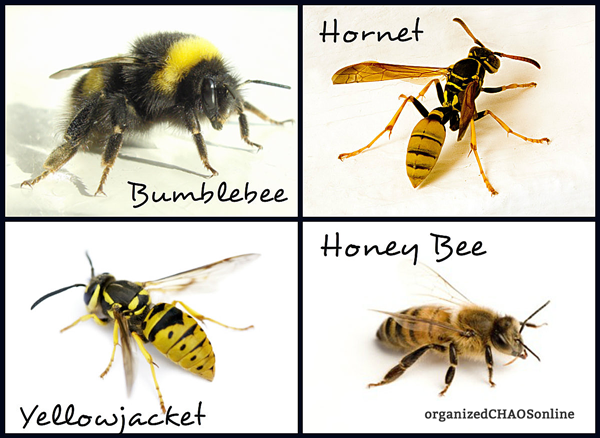
- Honey bee: Brown and black see the image above. These will damage things if left unattended as you could end up with a HUGE nest with thousands of bees and Kg’s of honey dripping through your walls.
- Bumbles: Fury balls of fluff with white red or yellow bottoms. these often nest in walls or trees or the ground. they are docile and non-aggressive and live in small colonies they do no damage and can be left till July when they take themselves away. best bet to leave them.
- Red Mason bees: similar to the honey bee but with a red tint to their tops and yellow undercarriage. These are chilled and docile living in the walls and can just be left till the winter when you seal the hole if you don’t want them to come back the next year.
- Yellow jackets or wasps. This is a job for pest control.
Removing an established bees nest will take a lot more time and resources than a swarm. The aim is still the same but the process required cutting into the housing and removing the nest along with all the bees.
Cut out projects can take many shapes. From a small hole and some smoke to a full deconstruct of the building… First step is to have an inspection and come up with a plan.
Equipment that helps:
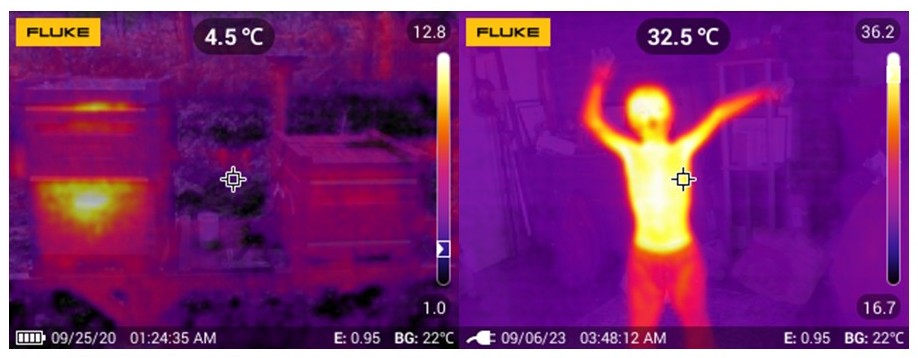
Thermal Camera:
This helps me to find the colony of bees even if it is hidden behind a wall. Endoscope is also useful for seeing inside things and around corners.
Multifunctional swarm box
The swarm box allows me to get the bees and transport them to a new home. Essentially the majority of bees will follow the Queen so finding her is key.
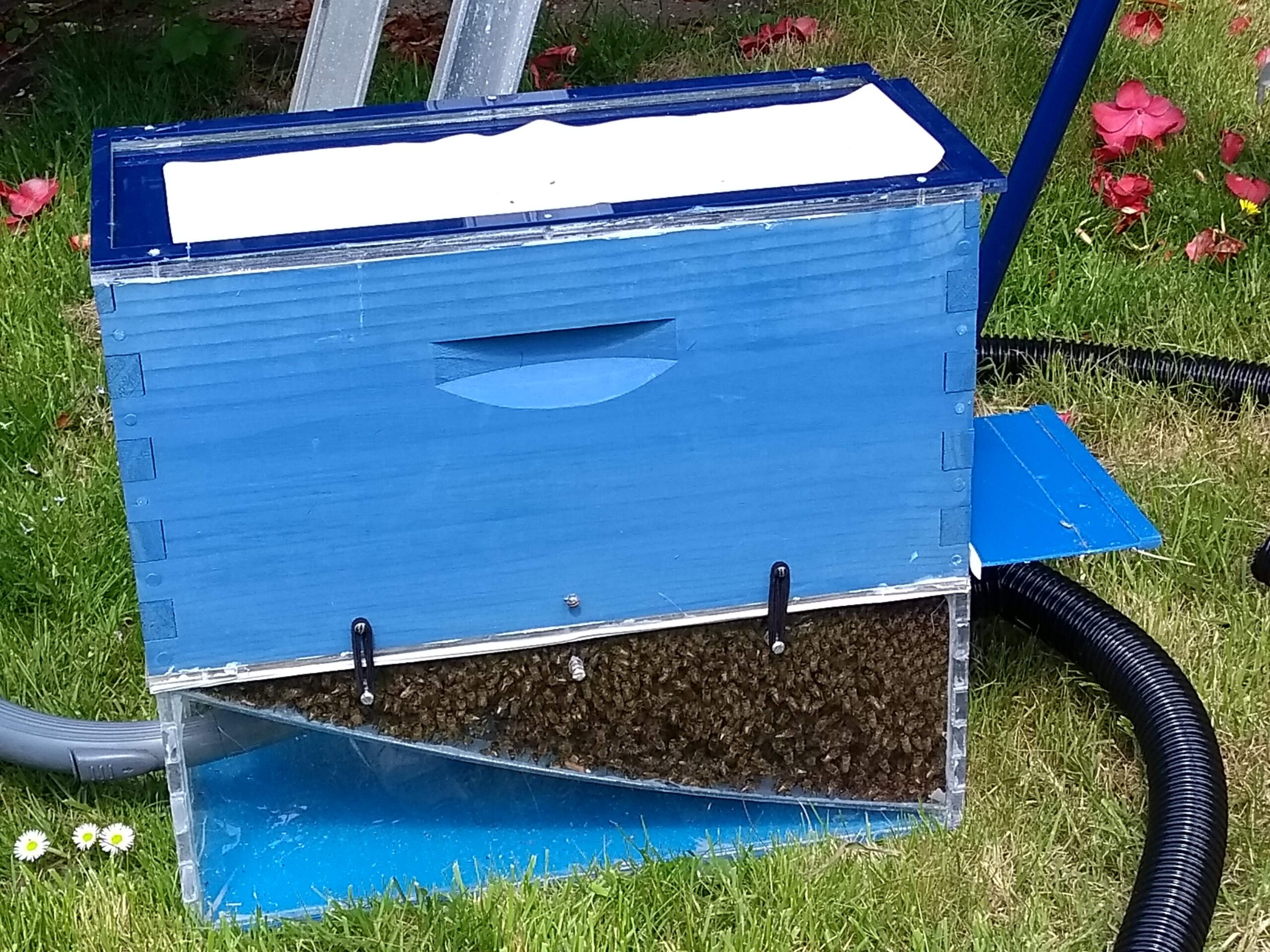
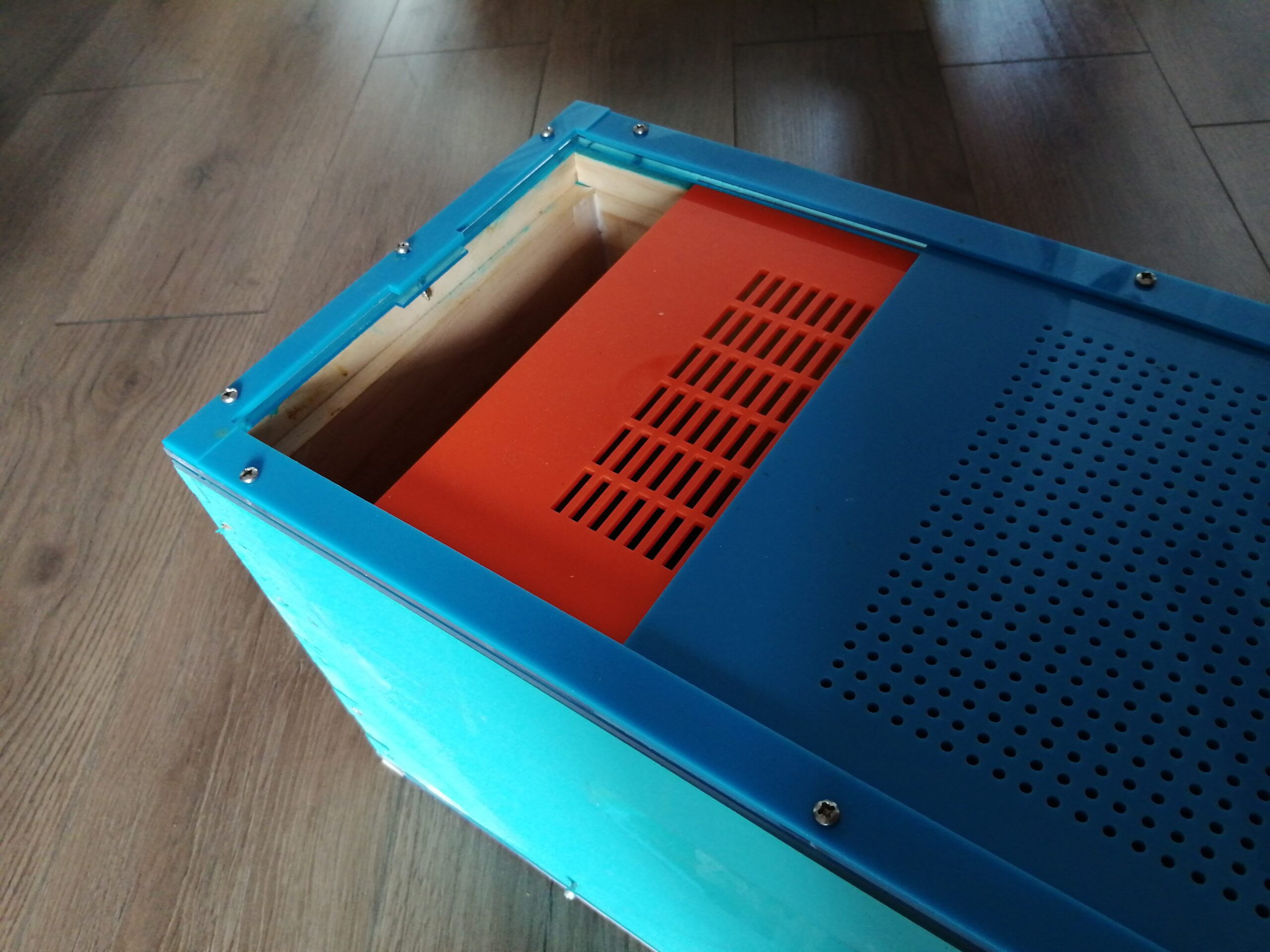
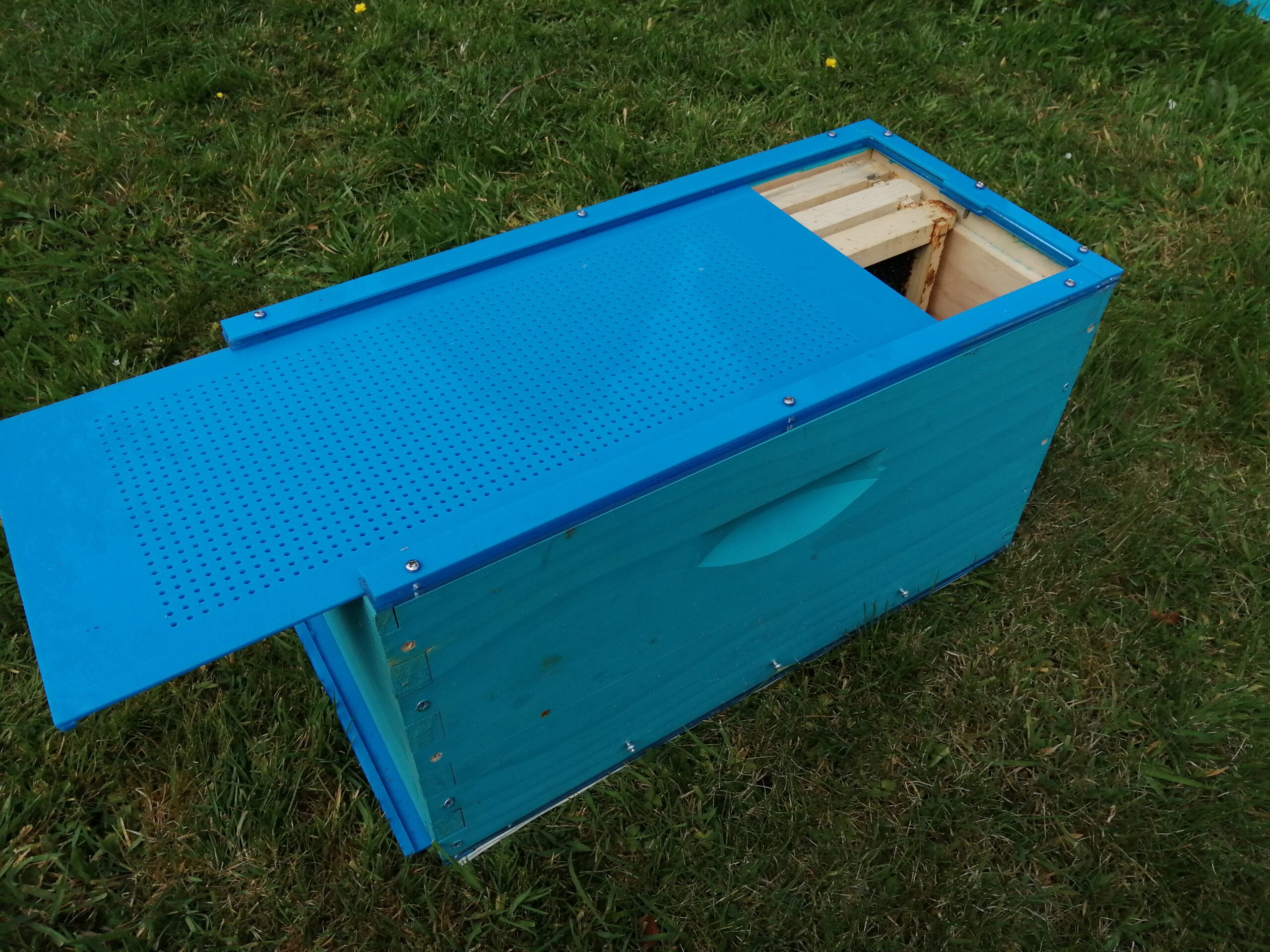
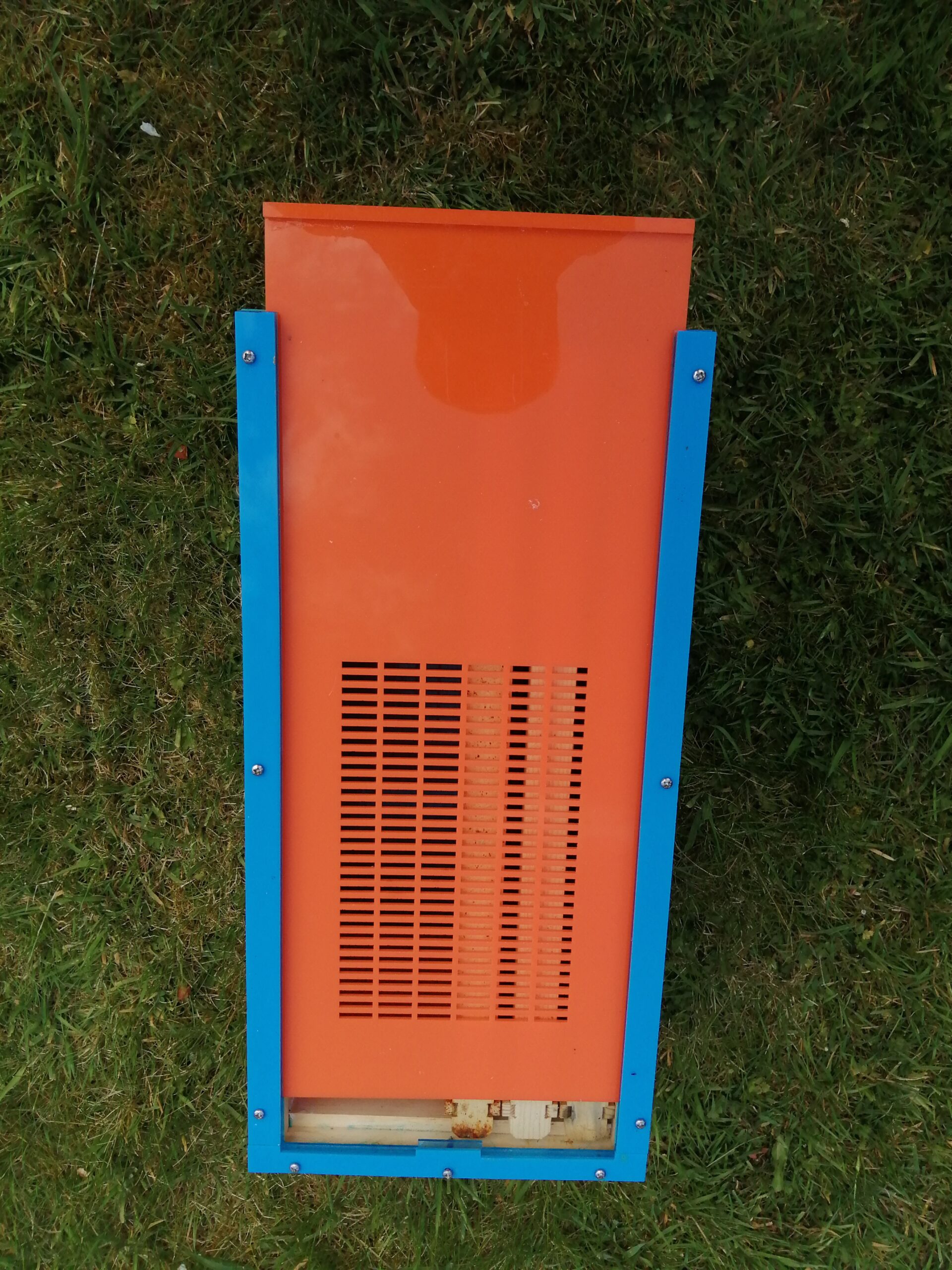
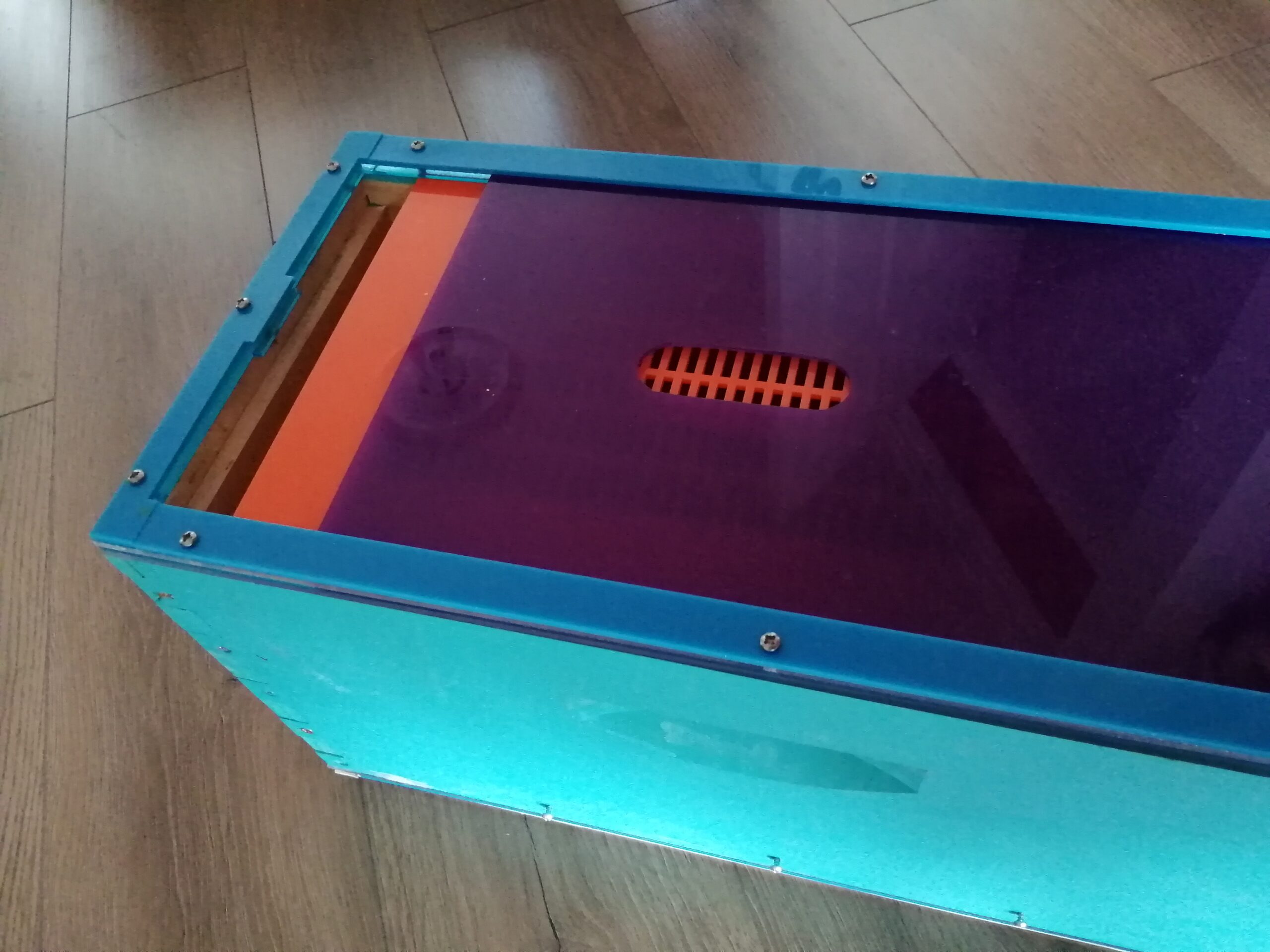
Bee Vacuum
The bee vac allows me to get the bees from a tight space and put them directly into the swarm box.

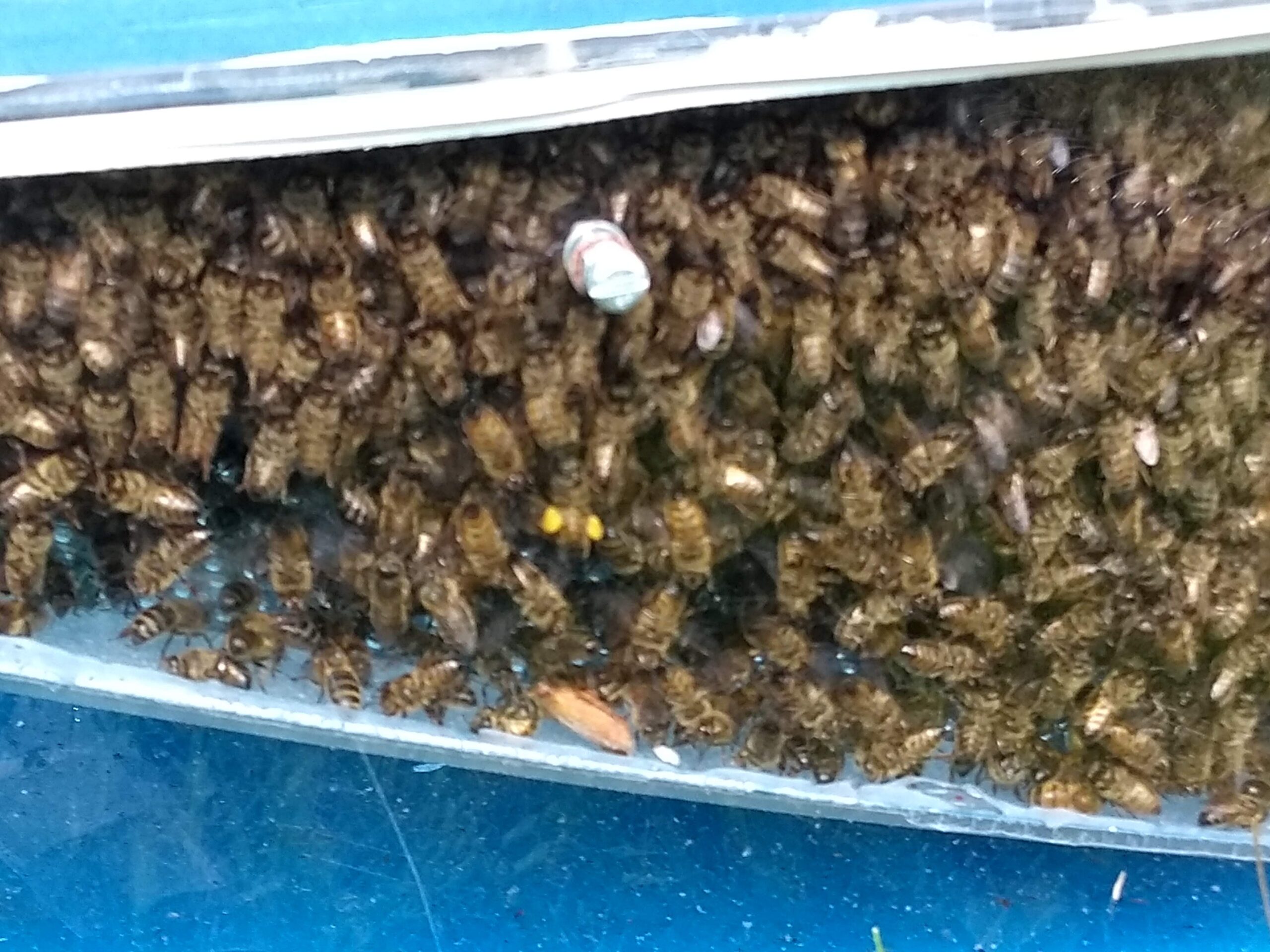

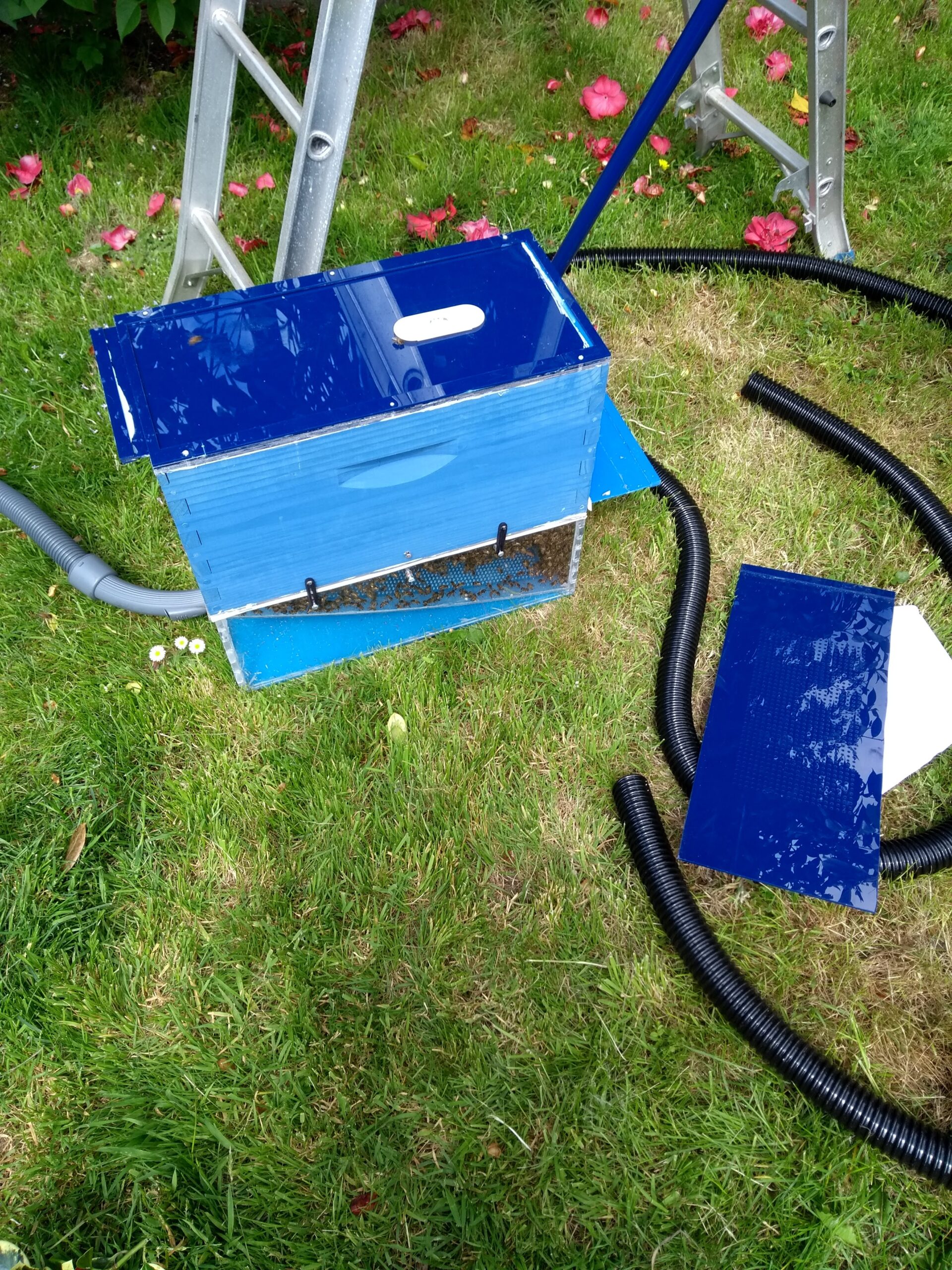
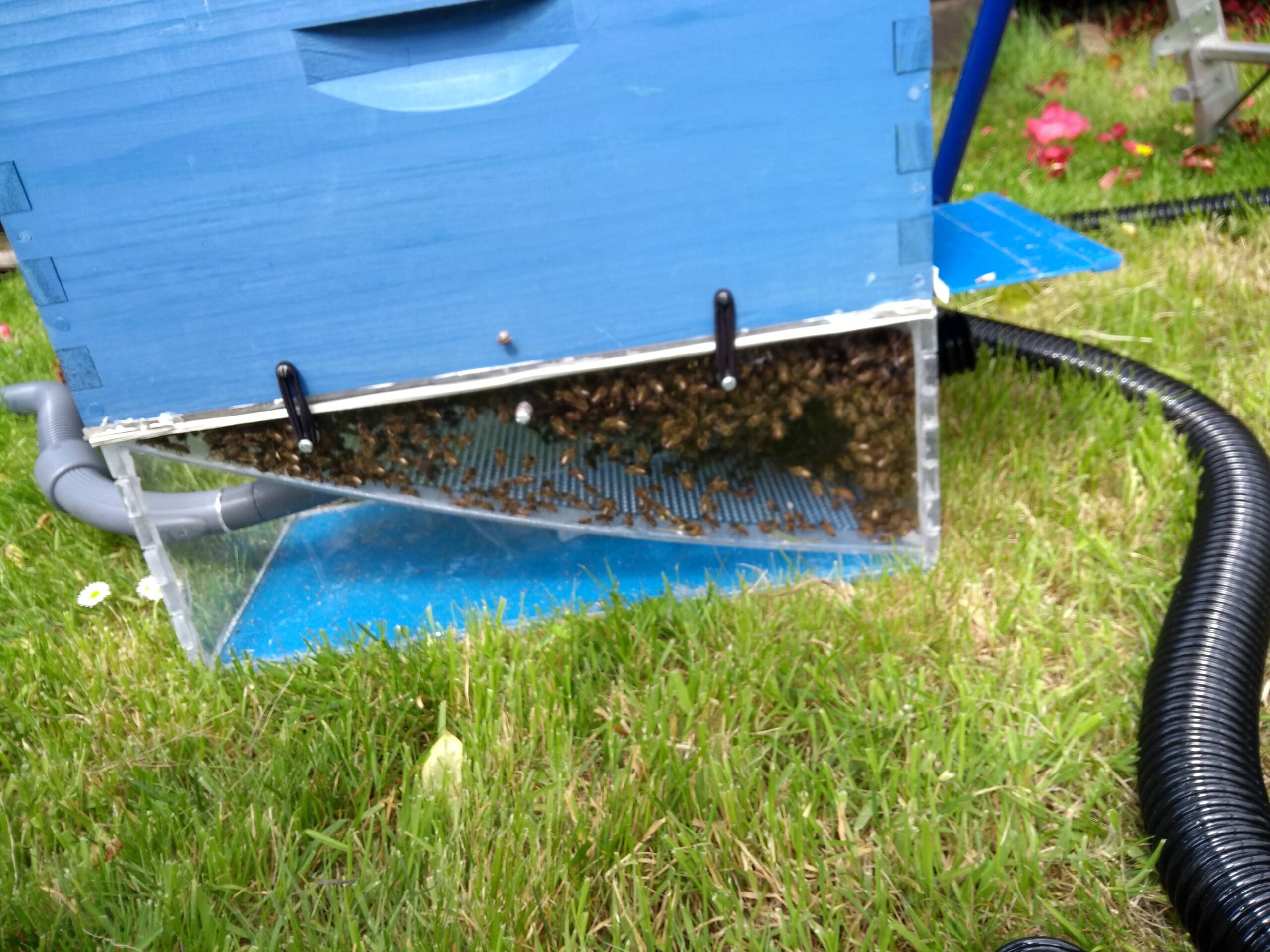
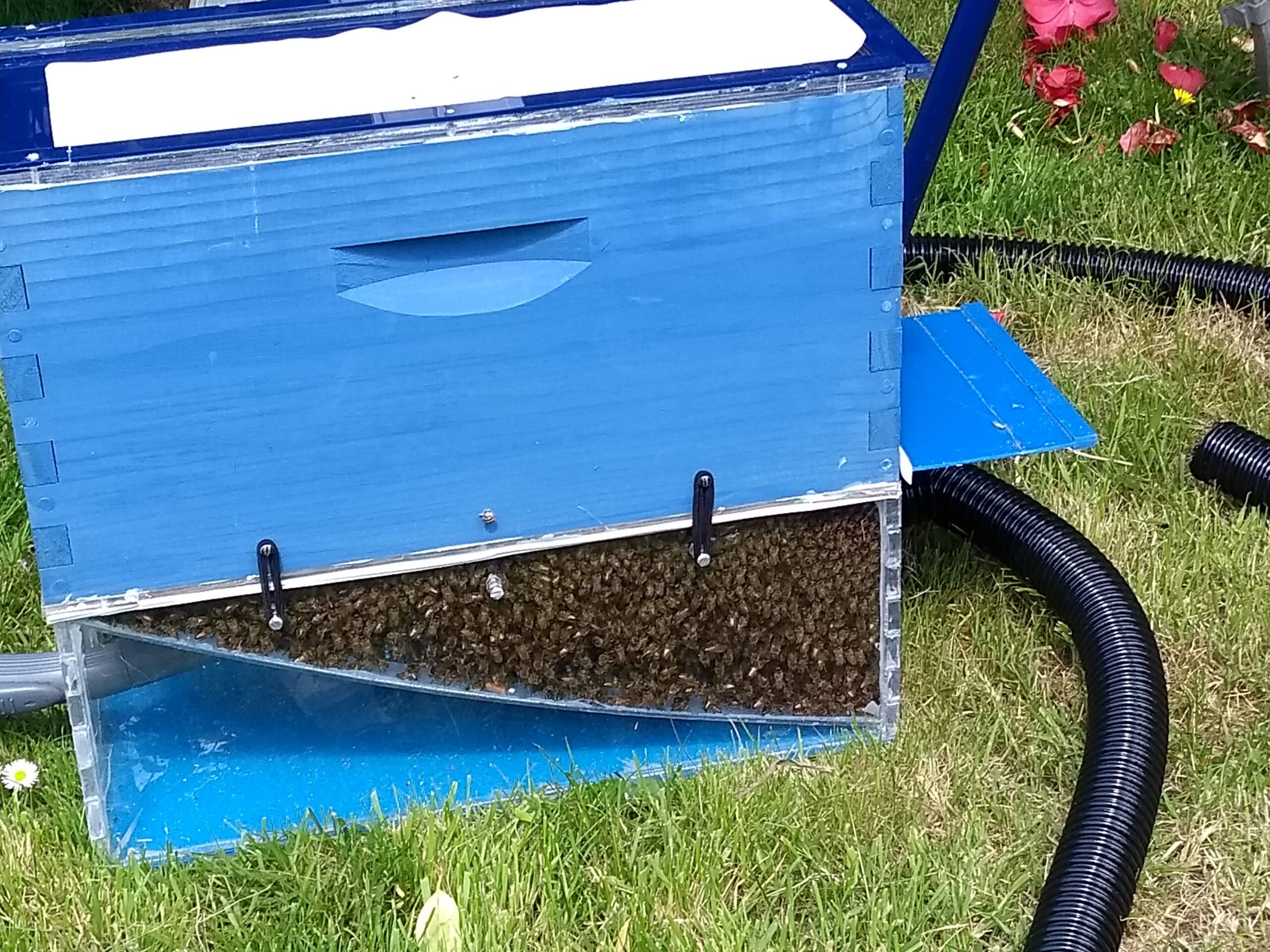
Trap outs:
For some cut outs the best is to take your time. You can trap them out using a hive with a tube attached. You close off the entrance that they are using except for down a tube. You then connect the other end of the tube to a hive with some drawn out comb and force them to come and go via the other hive. They will soon realise that the hive is perfect space and move into the hive, vacating the wall. Takes a while but is very effective. My first colony of bees was actually trapped out of an old compost bin that was too heavy to move. We duck taped a hive on top the top and allowed the bees to rise by themselves.
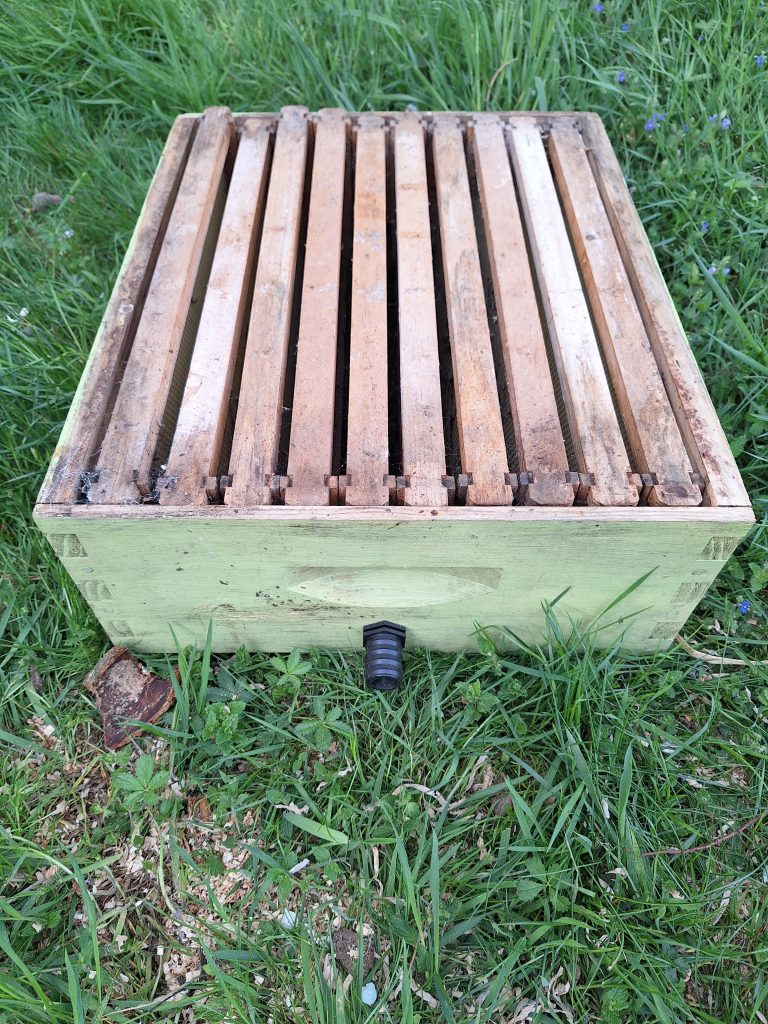
I do these projects but there is a charge for them as in many cases there is a lot of work.
